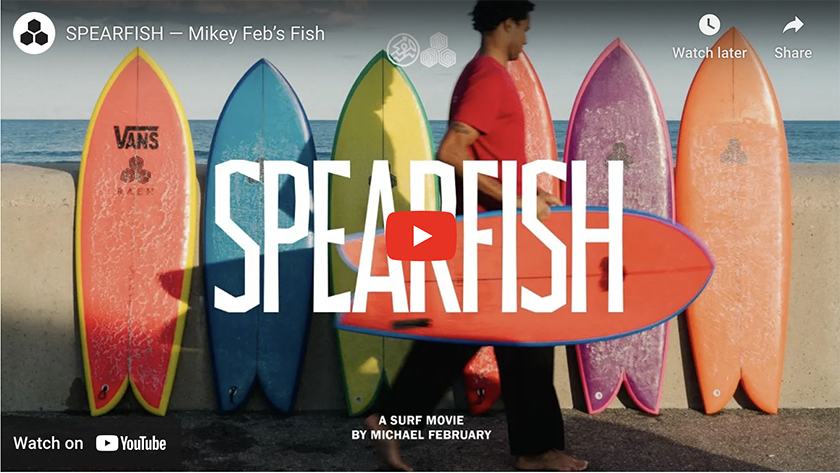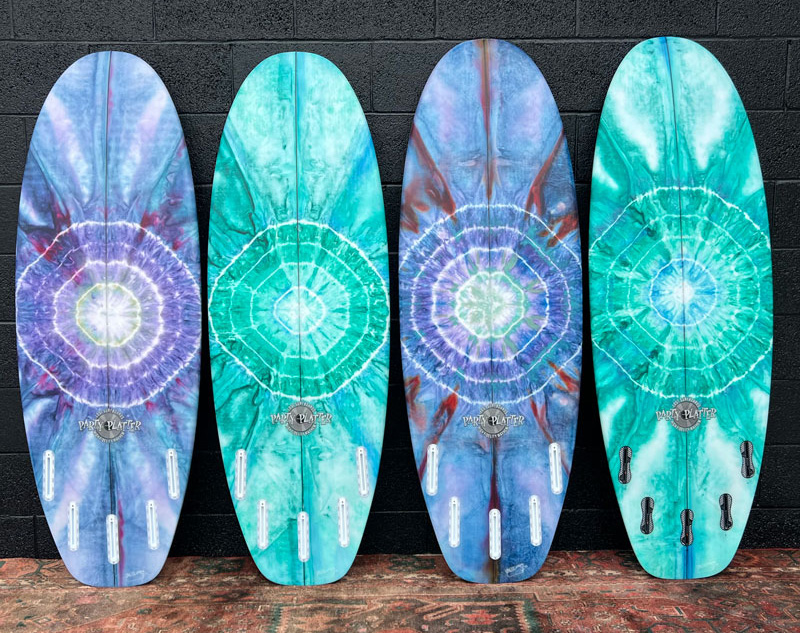hey ya’ll,
Check out an excerpt from The Sea Kin ‘Zine featured on the Girlosophy site:
http://www.girlosophy.com/inspire/gaza-surf-girls-lauren-l-hill-and-farhana-huq
Gaza Surf Girls By Lauren L. Hill and Farhana Huq

Imagine being told, at the ripe age of 17, that you’re not allowed to surf anymore.
“Sorry, you are no longer young and free. It’s time for you to put your reproductive organs to use, tend to the family, and give up your sense of you.”
What if that happened? Imagine the effect on your life, as a surfer, not to be allowed to surf.
There is a connection between me and the sea, and there, for a little time, I feel happy and free. It belongs to me, and I belong to it,” ~ Sabah, Gaza surfer.
Halfway around the world, young surfer girls are being told just that – when they turn 17, or even 14 or 15 years of age, they are told that it’s no longer acceptable for them to ride waves because of their combination of age and gender.
In Gaza, a brazen community of girls has taken up the sport of surfing. The girls were initially taught by their fathers, and then aided by a number of international groups who sent boards and equipment their way.

Some geography: The Gaza Strip is a thin tract of land between Israel and Egypt edged by 25 miles (40km) of Eastern Mediterranean Sea. Gaza, though plagued by political occupation, blockade and violent bombardment, is home to more than 1.5 million people and has one of the highest population densities in the world. The majority of Gazans are refugee families displaced by war. Eight refugee camps house most Gazans where the United Nations delivers humanitarian aid.
There is a connection between me and the sea, and there, for a little time, I feel happy and free. It belongs to me, and I belong to it,” ~ Sabah, Gaza surfer.
Gaza, now under control by the Islamist movement Hamas, is increasingly conservative, especially so for women. Few women swim, much less surf— a powerful metaphor for the autonomy denied to half the population there. Girls that do venture into the water must do so clothed head to foot. Those braving the water face other threats, too, including the 80 or so million liters of sewage dumped into the sea every day.
Despite all of this, a few young girls dare to ride the tiny waves of the Mediterranean Sea. Just for fun. In doing so they challenge traditional gender barriers and redefine surfing as a different kind of radical.
However, as the Gaza surfer girls come “of age,” their parents come under scrutiny from the community for allowing their girls to participate in such an unconventional pastime. And by “unconventional” we mean doing anything outside of the domestic realm beyond adolescence.

The potential loss is unimaginable. How many activists, conservationists, or world champions are we losing by denying these girls the divine pleasure, play and empowerment they might receive from surfing? Imagine the strong, capable women the world is sacrificing to the confines of culture. This is not just a personal issue, but also an issue of global importance.
Sabah Abu Ghanim, a seventh grader, is one of Gaza’s first girl surfers. Her dream? To travel – and win – a surfing competition. Given the political situation, resources, and cultural restrictions there, her dreams seem unlikely.
The ability to be in and play in the sea is a basic human right. If a girl chooses at age 17 to no longer surf, then that is her choice. In Gaza, however, there is no choice.As surfers, we know that surfing is a way of life and it becomes part of us.
Young, surf-stoked Gazan grom Sabah has already made this discovery, “There is a connection between me and the sea, and there, for a little time, I feel happy and free. It belongs to me, and I belong to it,” she says.
She too, is quick to lament what the future holds for her, “When I am older, my society refuses to allow me to surf. It’s shameful. I will keep surfing until then, and then I will have to stop. I will be sad.”








